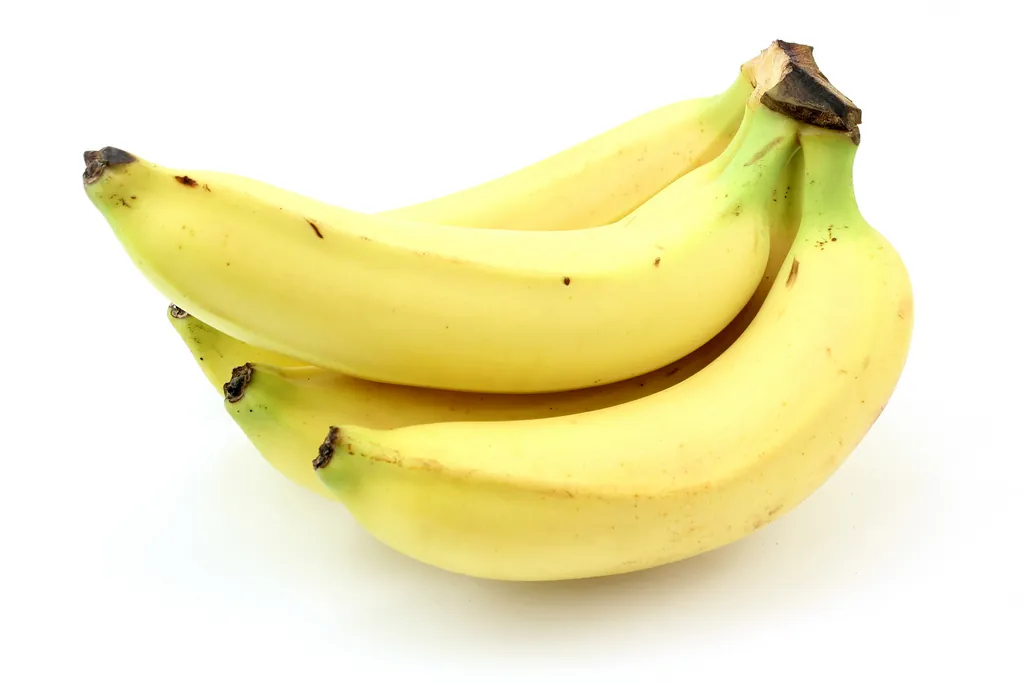Blog
Ripe vs Unripe
By Laura Slatalla, ASU Nutrition Student
As fruit ripens, the nutritional composition of it changes too. Enzymes in the fruit start to break down the starch into simpler sugars, so the glycemic index starts to rise. Riper fruits will give you a greater spike in blood sugar. They’re also lower in fiber, and there’s a loss in some vitamin and mineral content, but that can be slowed down by letting them ripen in the fridge.

Not all the side effects of ripening are negative though. Antioxidants are a byproduct of ripening fruit! That’s right- the more bruised your banana is, the more antioxidants it contains.
So ask yourself, what do you want out of your fruit? Sweeter fruit with cancer-fighting properties, or fruit with more fiber and less simple sugar? It’s a personal choice.
Here’s how to check the ripeness of fruit. Smell it. Ripe fruit will have a sweet fruity scent compared to unripe fruit. It should be soft, but not mushy. Although, even if fruit is a little mushier you can freeze it for smoothies later. The color should be a little darker.
When picking a melon keep in mind they don’t continue to ripen off the vine because they don’t contain ethylene like apples or bananas. Ripe melons should feel heavier, sound hollow, and smell sweet- but not too sweet.
Eat fruit the way you like it. Snack on it and top your breakfast with it! Either way, you’re getting micronutrients and antioxidants!
















